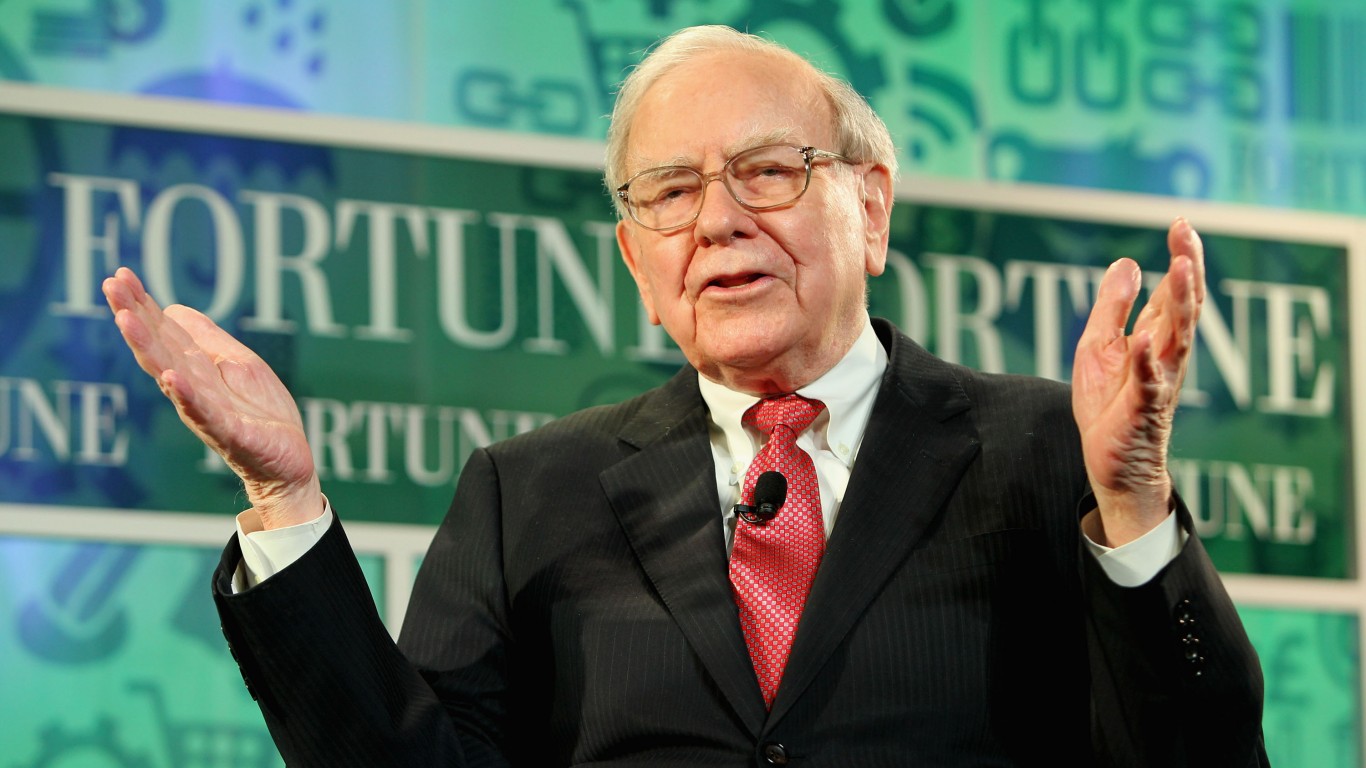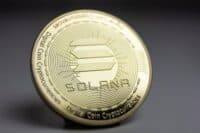
Now that 2015 has turned into 2016, strategists and forecasters are trying to figure out what the new year will bring. The stock market may be off to the worst start to a year since 2008. Still, one week may not tell the whole tale for a year. The Dow Jones Industrial Average closed out 2015 at 17,425.03, down 2.2% for the year, and the six-year bull market may have been interrupted. Or has it?
The index performance of the Dow does not account for individual stock dividends, but Microsoft Corp. (NASDAQ: MSFT) ended 2015 at $55.48, for a total return of 22.69%, if you include its dividends.
For the year ahead, Microsoft’s consensus analyst price target from Thomson Reuters was $57.00. If the analysts are correct, the expected total return for Microsoft would be about 5.4%, including its dividend yield of 2.6%.
Since 2016 has gotten off to a very shaky start, the pullback has brought Microsoft shares down to about $52.60 after just four very negative trading days. Suddenly, that 5.4% implied gain leaves an implied total return expectation of almost 12% if the assumptions from just a week earlier hold true.
Now that Satya Nadella has taken over, Microsoft is far different from in the days of Steve Ballmer and Bill Gates. The company has been trying to win ever more in mobile, but its cloud has been a handy success story. Microsoft has streamlined operations it does not deem as being core, and its reliance on Windows update sales seems to be lessening.
The market treated Nadella’s path quite well. How does a 22.69% total return in 2015 sound versus a Dow that fell by about 2.2%? Now consider that the Nadella era stock gains took place at a time during the continued rise of Apple Inc. (NASDAQ: AAPL) and Google — now Alphabet Inc. (NASDAQ: GOOGL) — when PC sales and the desktop-only world have been in decline.
That $57.45 consensus analyst price target compares to a 52-week range of $39.72 to $56.85. That suddenly doesn’t sound too high, not if shares were already almost there. Still, Microsoft was one of the top Dow stocks of 2015.
Microsoft is valued at about 19 times expected 2016 earnings (June year-end) and about 17 times expected 2017 earnings. By 2017, revenues could be within striking distance of $100 billion — not bad for a company that many people might try to say they though did not have a great future. Microsoft has more than $100 billion in cash and liquidity in its arsenal, but much of that is overseas and would take a real penalty if repatriated under the current climate.
Another boost for Microsoft has been the Xbox One. The gaming console has become a favorite for media consumers, including cord cutters. To think that some analysts and investors thought Microsoft should abandon that effort.
Raymond James went out with a bullish call right before December, raising its rating to Strong Buy from Market Perform. Its target was raised to $62.00, and Microsoft shares were at $53.93 at that time. Merrill Lynch raised its target to $63, FBR raised its target to $60, Stifel raised its target to $58 and RBC raised its target to $57 in October.
Nadella’s performance has driven Microsoft far higher than the Microsoft bears could have ever imagined. The 2015 bullish and bearish outlook predicted only 7.3% growth in 2015, when it rose three-times that, and the 2014 bullish and bearish forecast was for a loss of 2.6%, when it ended up being one of the Dow’s top performing stocks.
So, what are the bearish views for Microsoft in 2016 and beyond? A lot may depend on Apple and Google. That is what the new generation would tell you. Goldman Sachs had maintained a Sell rating on Microsoft for quite some time. It was wrong, but the upgrade from December 2015 was only to a Neutral rating and came with a $57 price target, up from a prior $45 target.
Another issue that could hurt Microsoft, or any U.S.-dominant technology company for that matter, is regulatory pressures. The European Union seems to be attacking the U.S. tech giants. One take on that in Europe is this may be an effort to keep the European tech companies relevant. If so, it could still come with lots of fines.
Microsoft is deemed as having very clean books by accounting watchers. That being said, the company announced late in 2015 that it will report revenue and operating income based on three operating segments in 2016: Productivity and Business Processes, Intelligent Cloud and More Personal Computing. Making any reporting changes by any company in the world can create a new opportunity for its skeptics to poke holes.
Other key issues that could drive Microsoft are as follows:
- Merrill Lynch talked up Microsoft as a dividend winner in 2016.
- Microsoft is among the top companies buying back stock.
- Oppenheimer included Microsoft in a triple-play outlook.
- Fort Pitt Capital Group’s portfolio manager interview named Microsoft as a top pick in November.
- Very impressive dividend hikes continued in 2015.
- Intel still wants to sell more PCs.
Another risk is of course what happens in the rest of the world. Every company out there is complaining about the strong U.S. dollar. Slower growth in the economies of China and South America are also risks. These are risks shared by all large international companies today.
Whether or not you think Microsoft has room to rise in 2016 may ultimately depend on your age, or how you use your computing and how your digital life is handled. That said, the market is looking for Microsoft to keep growing.
One last thought is that Microsoft almost took out its highs from the 1999 and 2000 tech bubble. That is on a chart basis, but investors need to consider that Microsoft has sent back more than $11.00 per share in dividends to holders who have held shares since 2004.
Thank you for reading! Have some feedback for us?
Contact the 24/7 Wall St. editorial team.
 24/7 Wall St.
24/7 Wall St.


